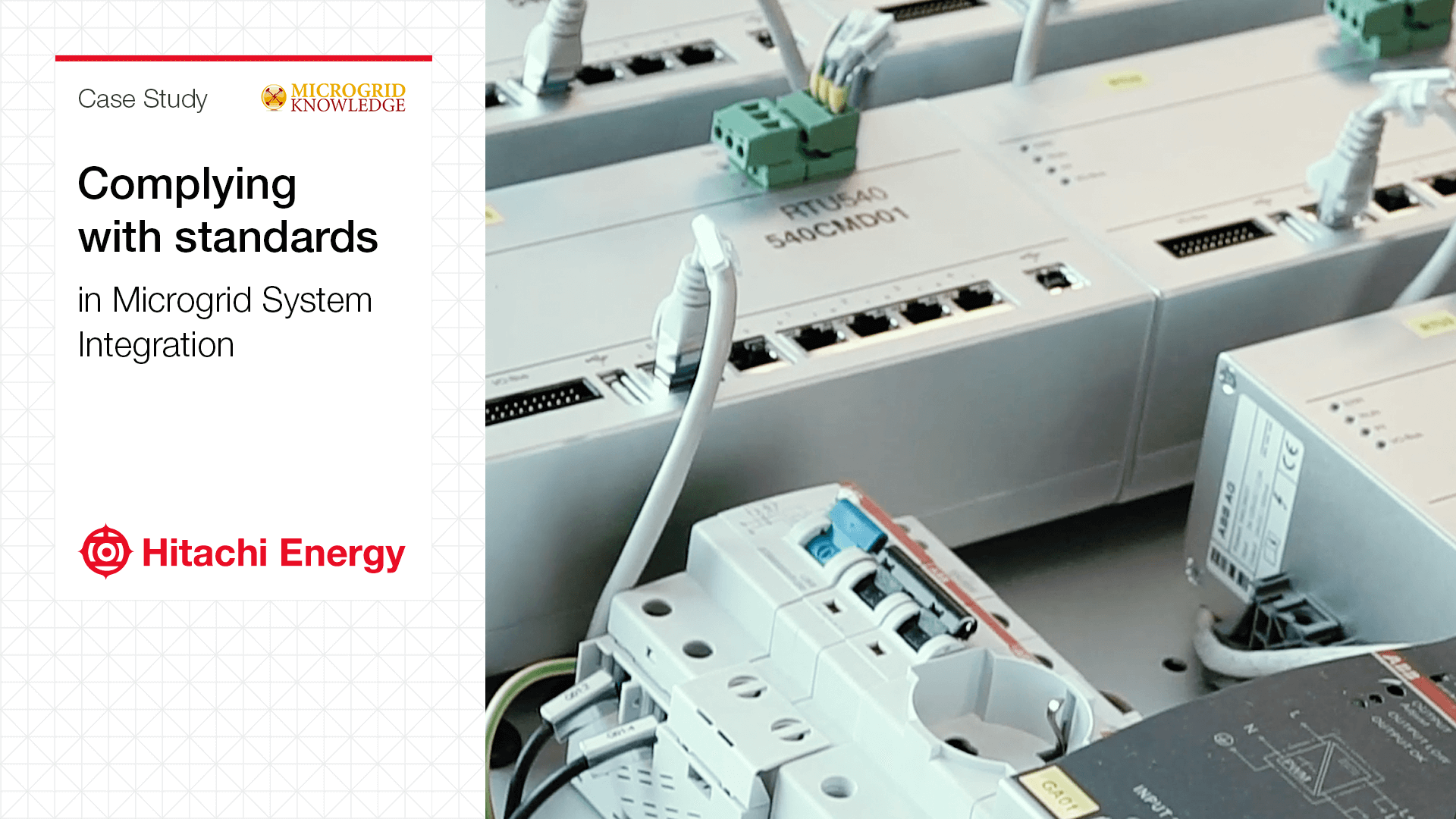Executive Summary
Microgrids play a key role in transforming the energy landscape. These agile local networks are a microcosm of power system evolution as they incorporate digital sensing, interpretation, and control to manipulate component and system behaviors with the goal of delivering greater efficiency, stability, and resilience. Microgrid projects, however, face several technical challenges that can impact cost and schedule performance. In particular, digital power systems require complex, active control; microgrids have limited system inertia; and vendor devices are evolving rapidly.
Hardware-In-the-Loop (HIL) testing and Model-Based Engineering (MBE) techniques provide an effective way to address these challenges, allowing project managers to bring project schedules and costs back on track.
Conclusion
Microgrids are playing an important role in the ongoing energy transformation, but the advancement of power electronics components and systems creates integration and interoperability issues. MBE and C-HIL open the door to high-fidelity testing of microgrids against extreme system faults, expensive or sometimes impossible to create in power labs. This gives microgrid system integrators assurance which is different components of the microgrid will operate seamlessly, and microgrid operators are gaining peace of mind, knowing that their system will behave as expected when the unexpected happens.



Subscribe to blog updates in the top right
to be the first to receive the upcoming blogs by email.
Additional information: The full Special Report was originally published with Microgrid Knowledge as a 6-part series. You may follow the links to read the original publications on their website:
- Hardware in the Loop: Addressing the Challenges of Microgrid Systems Integration
- How to Validate a Microgrid Project
- Pros and Cons of Testing Methods to Validate Microgrid Designs
- How Hardware in the Loop Tests the Functionality of Microgrid Controllers
- Streamlining Microgrid Development with Model-Based Engineering
- How Does Hardware In the Loop Work in the Real World
Credits
Author | Debora Santo
Visuals | Karl Mickei
Editor | Debora Santo



